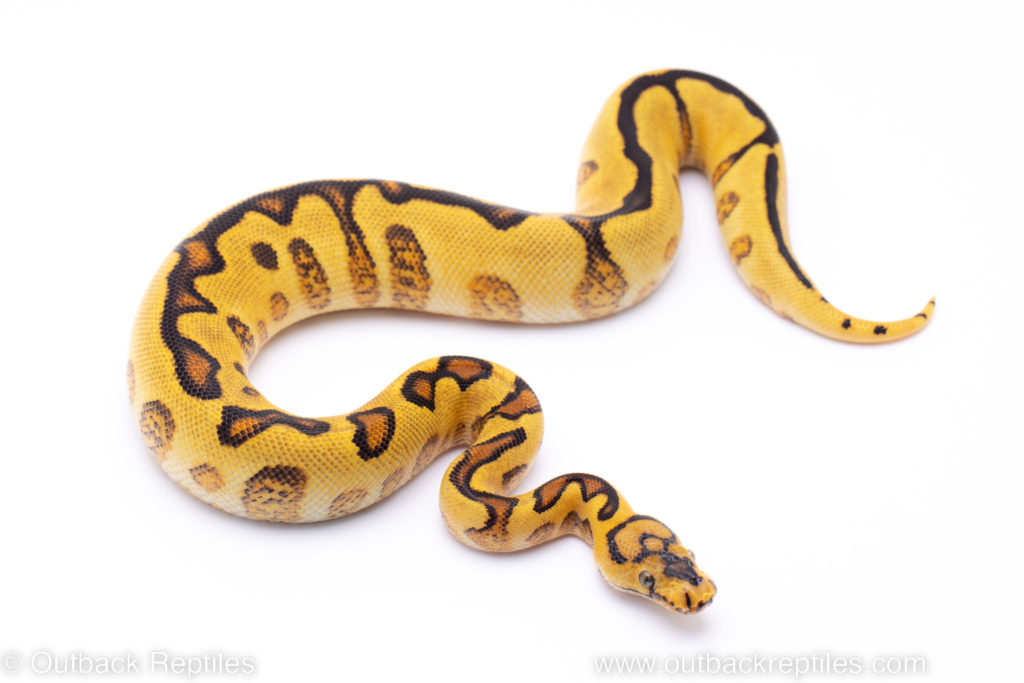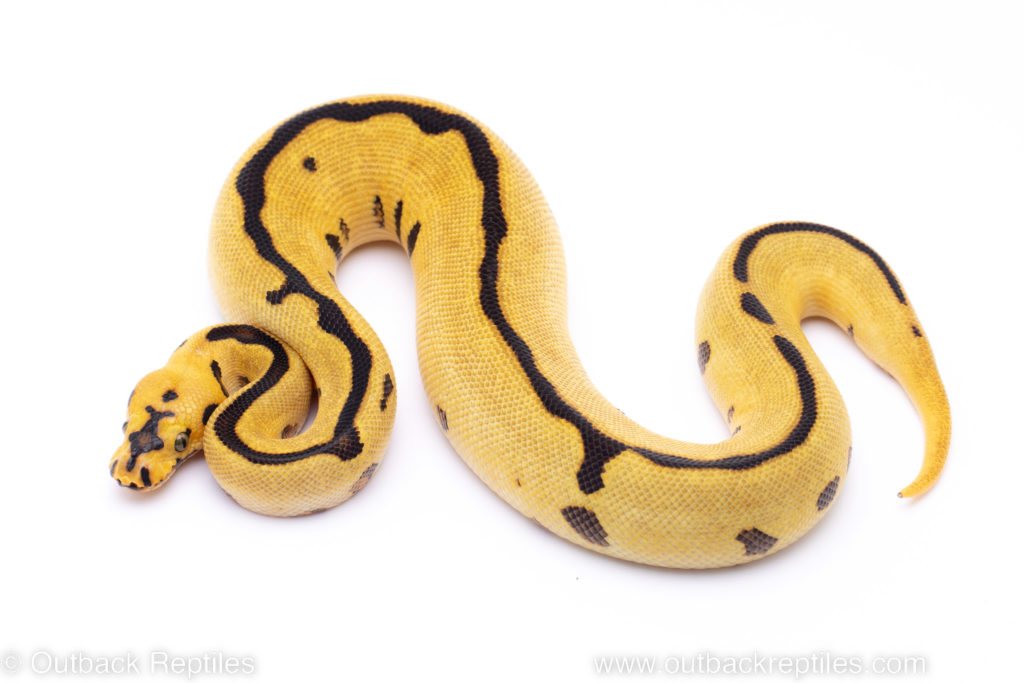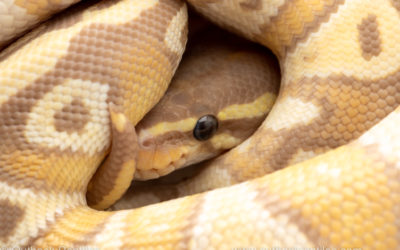Ball pythons are one of the most popular snakes kept as pets. They are docile, easy to handle, and come in a wide variety of colors and patterns. If you’re thinking of getting a ball python, it’s important to know how to properly keep them. Luckily, Ball Python care is not difficult. In this care guide, we’ll cover everything you need to know to keep your ball python healthy and happy.
- Housing

Ball pythons require a secure and comfortable enclosure. A 10-gallon tank is sufficient for a baby ball python, while adult ball pythons need at least a 40-gallon tank. Alternatively, you can use a rack system to house your ball python. Rack systems consist of individual plastic tubs that can be stacked, which makes them space-efficient and easy to clean. Whichever housing option you choose, make sure it is secure and kept in a quiet area of your home. You might think that getting a large enclosure is a good idea off the bat, however babies tend to get stressed out easily in large enclosures. It’s much better to start small and upgrade as your pet snake grows.
We recommend a shoebox style rack for babies, as that is how they thrive here in our collection. However, we understand that not everybody is setup to buy or construct an entire breeding system and might just want a single pet Ball Python in a nice display enclosure. If you choose to use a tank, make sure the sides and back are covered (a tank background is good for this) so that your baby ball python does not feel insecure in a wide open space.
A better option than a tank is a PVC or wooden enclosure. These enclosures will hold in heat and humidity much better than a traditional glass terrarium.
- Temperature and Lighting

Ball pythons are cold-blooded reptiles, which means they need a heat source to regulate their body temperature. The enclosure should have a heat lamp or heating pad on one side to create a temperature gradient. The cool side of the enclosure should be around 75-80°F, while the warm side should be around 88-92°F. Ball pythons also need a 12-hour light cycle, so make sure to provide a light source for them during the day.
We recommend and prefer under-tank heating as heat lamps can cause issues in keeping humidity up in the enclosure. Also, belly heat is optimal in helping your pet ball python digest its meals.
- Substrate
The substrate is the material you use to line the bottom of the enclosure. Ball pythons need a substrate that retains moisture, such as cypress mulch or coconut-based bedding such as Reptichip (Buy here on amazon – affiliate link). Avoid using pine or cedar shavings, as they can cause respiratory problems for your snake.
- Feeding

Ball pythons are carnivores and eat rodents in the wild. In captivity, many of us prefer to feed frozen/thawed rodents for convenience. Some ball pythons (especially babies) may be resistant to switch over to frozen thawed, so keep in mind that you may need to feed live prey at some point. When feeding live, it is imperative that uneaten prey items not be left in with your snake unsupervised. If your snake does not feed within about 10-15 minutes, remove the prey item and try again next week.
The size of the prey should be no larger than the widest part of your snake’s body. Adult ball pythons need to be fed every 7-14 days, while baby ball pythons need to be fed every week.
- Water
Provide a large, shallow water dish in the enclosure for your ball python to drink from and soak in. The water should be changed often to prevent bacterial growth. We change waters twice a week and clean the cage once a week.
- Handling
Ball pythons are generally docile and easy to handle, but they can become stressed if handled too much or too roughly. Limit handling to once or twice a week for 10-15 minutes at a time. Make sure to support your snake’s entire body when handling them.
- Health
Regularly check your ball python for signs of illness or injury. Signs of illness include lack of appetite, lethargy, wheezing, and mucus in the mouth or nose. If you notice any of these signs, take your snake to a veterinarian who specializes in reptiles.
In summary, proper ball python care involves providing a secure and comfortable enclosure, regulating temperature and lighting, using an appropriate substrate, feeding frozen-thawed rodents, providing fresh water, handling your snake gently, and monitoring your snake’s health. By following these guidelines, you can help ensure that your ball python lives a healthy and happy life.
To see our current available Ball Pythons for sale, click here!

